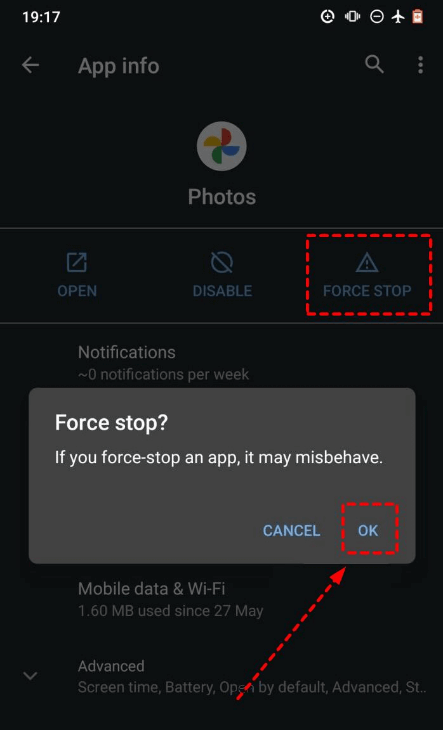

The jury made two recommendations aimed at the Vancouver Police Department, with expediting the use of body-worn cameras for all patrol officers at the top of the list, followed by enhanced crisis de-escalation training for officers, especially in situations where someone is experiencing a mental-health disturbance. Many of the 14 Vancouver police officers who testified at the inquest also used the contentious term describing a state of agitation. Orde had originally listed “excited delirium” among the possible contributing factors in Gray’s death. The pathologist found Gray had a long list of injuries, including a fractured eye socket, nose, rib and voice box, ruptured testicles and extensive bruising. “If you see somebody wearing no shoes, you would get a sense that they’re having a vulnerable moment and what they need is help and compassion,” she said. She said her son was vulnerable that day, and he needed help. Gray’s mother said the officers “couldn’t have dehumanized Myles more.” One officer said Gray’s screams were “demonic.”

They said he displayed “superhuman strength” and he didn’t seem to be feeling any pain as they punched him in the head and struck him with their batons. The officers who testified at the inquest often used similar language to describe Gray’s behaviour, saying he was grunting and yelling in an “animalistic” way. People who are forcibly restrained on their stomach are at greater risk of death, especially when their body has increased physiological demands, he testified. “In the context of someone who’s extremely fatigued, (whose) body is fully ramped up … I think these issues would be enough to tip him over the edge,” Orde said. Orde said the 33-year-old died of cardiac arrest complicated by police actions and pointed specifically to “neck compression,” blunt force injuries, the use of pepper spray and holding Gray on his stomach while his arms were handcuffed behind his back. Matthew Orde, the forensic pathologist who performed an autopsy on Gray’s body, told the inquest last week that a “perfect storm” of factors led to his death, including his extreme physical exertion as officers struggled to restrain him. “That came right from (the pathologist).”ĭr. “We all know that’s what it was,” Gray said of the classification. The coroner presiding over the two-week inquest, Larry Marzinzik, had advised the jury before deliberation began that homicide meant death due to injury intentionally inflicted by another person, but it’s a neutral term that doesn’t imply fault or blame. “People know the truth and that to me is a huge, huge piece,” she said in an interview on Tuesday from her home on British Columbia’s Sunshine Coast. Gray said the classification of her son Myles Gray’s death as homicide by the inquest jury brought her some relief, nearly eight years after he died.

Margie Gray says the end of a coroner’s inquest into the death of her son has shown the public what she has known all along: that Vancouver police officers beat her son to death when he was vulnerable and needed help.


 0 kommentar(er)
0 kommentar(er)
